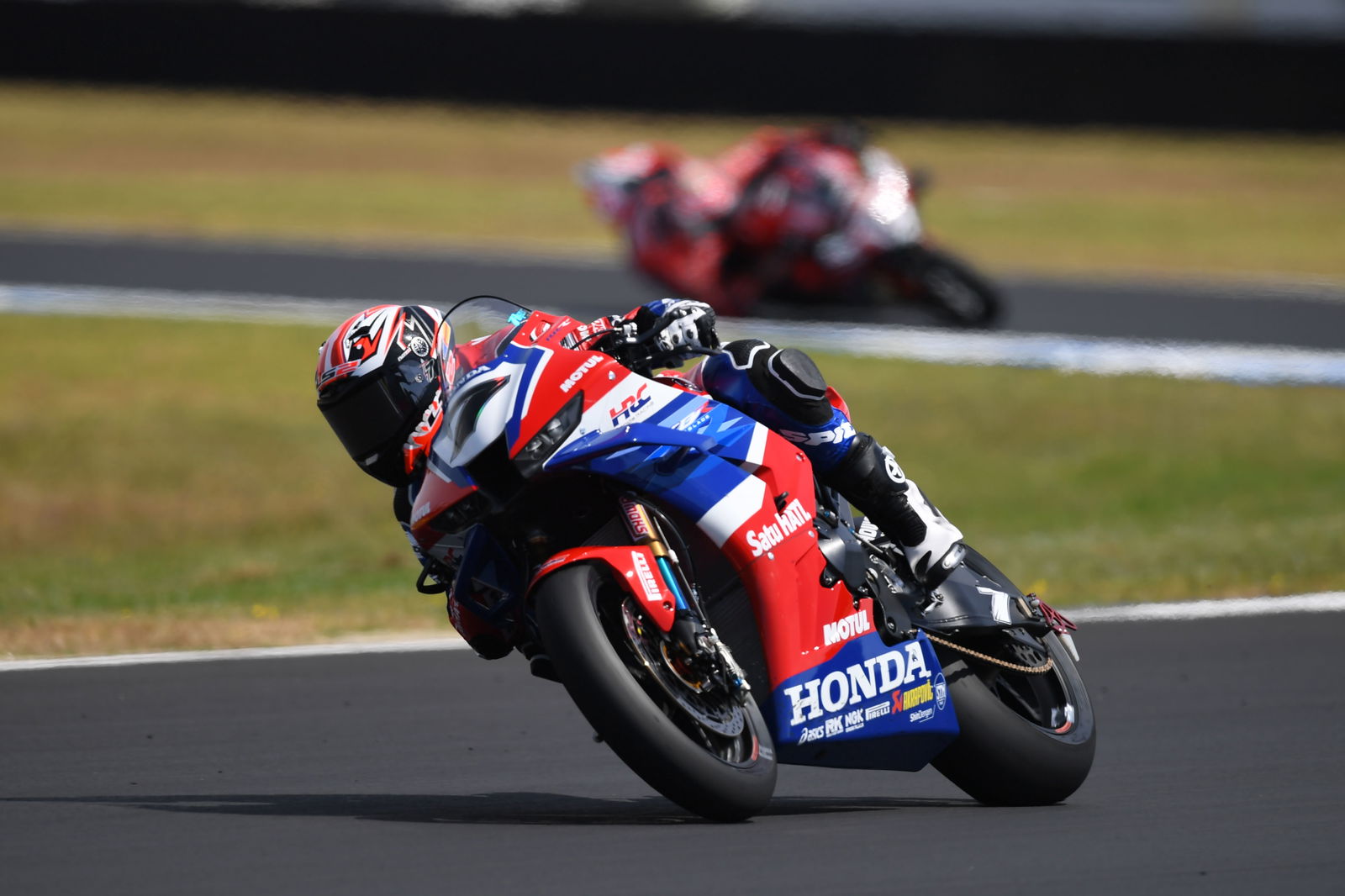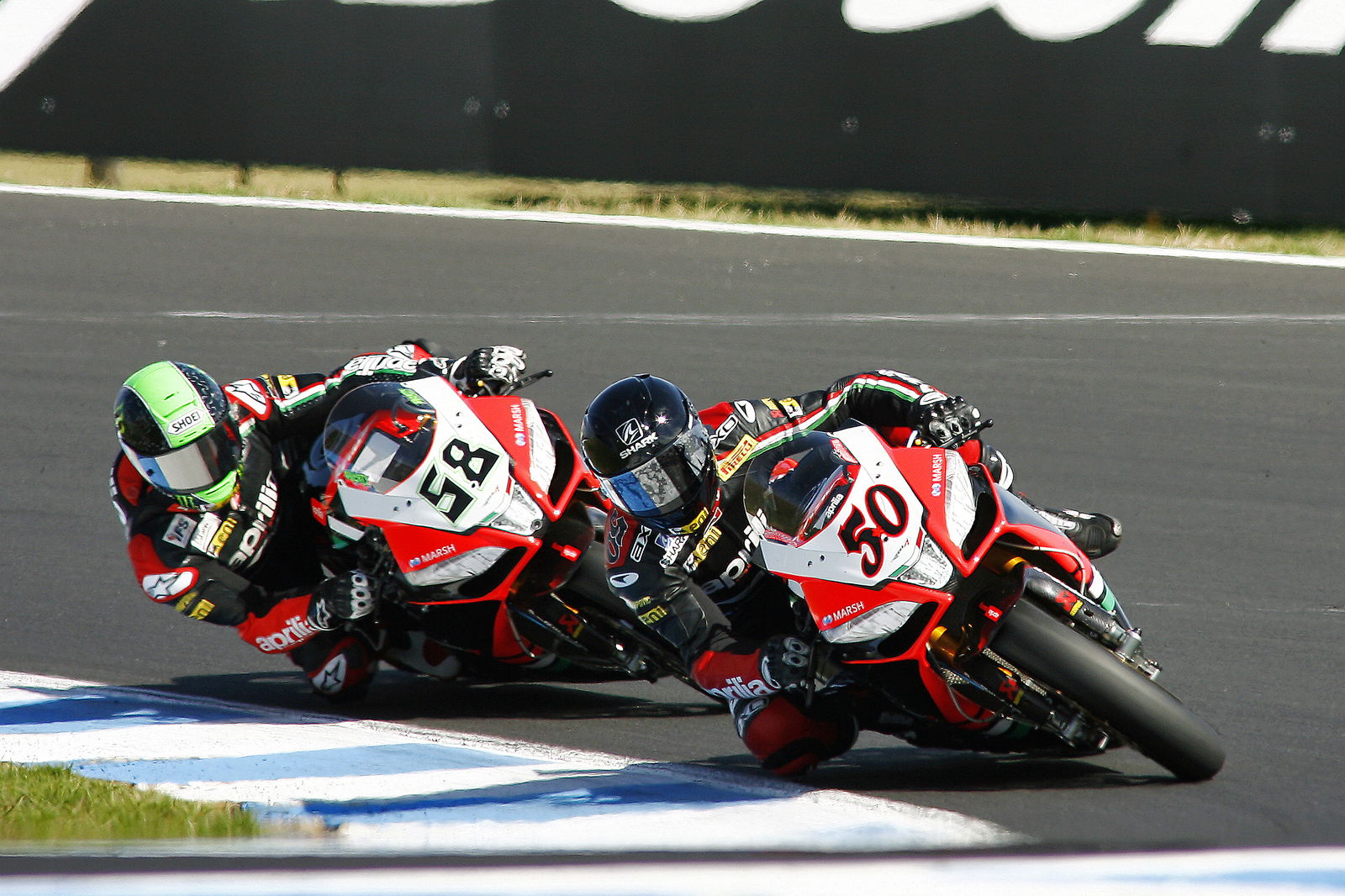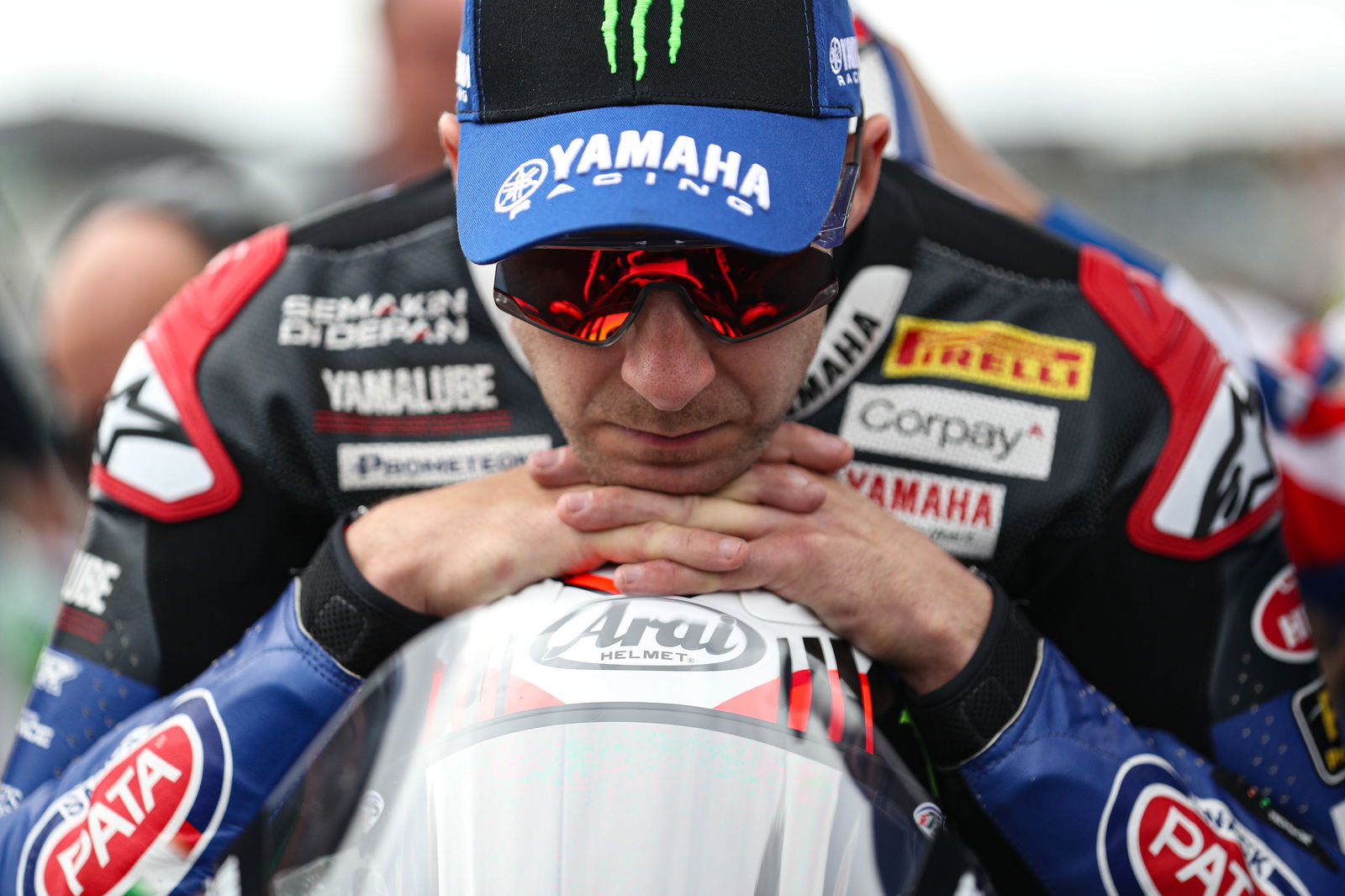Phillip Island’s New Asphalt is Killing WorldSBK Tyres and Breaking Records
WorldSBK is set to kick off its 2024 season this weekend in Phillip Island, but a new track surface at the Australian venue has led to some changes

The 2024 WorldSBK season will begin this weekend, but the new track surface at the Phillip Island venue for the Australian Round is causing problems with the Pirelli tyres.
The new surface is extremely grippy and extremely abrasive. This is confirmed by Toprak Razgatlioglu’s all-time lap record of 1:28.511, beating the previous record of Tom Sykes of 1:29.230, set in 2020, during this week's final preseason test. This - combined with the high-speed, rear-limited nature of the heavily anti-clockwise Phillip Island layout - is resulting in excessive wear on the tyres provided by Pirelli, which has been WorldSBK’s sole and official tyre supplier since 2004. The issues are also present in the WorldSSP class.

The tyres for both the test and the race were transported to Phillip Island in November last year, meaning there was no opportunity for Pirelli to develop tyres specifically for these track conditions. For the race weekend, riders will have available to them the SC1 and SC0 compounds on the rear, although the SC0 is exclusively for Superpole, and SC1 and SC2 front compounds.
As a result of the high wear detected at the test this week, the FIM, Race Direction, Phillip Island Grand Prix Circuit, and Dorna WorldSBK Organisation have concluded that each rear tyre can be used for no more than 11 laps in WorldSBK, and for no more than 10 laps in WorldSSP. In addition, it has been decided that the race distances for the full-length Race 1 and Race 2 for WorldSBK will be shortened to 20 laps from the original 22 laps.
This means that, during the race, all riders will have to pit on either lap nine, 10, or 11 to take on a fresh rear tyre.

Gregorio Lavilla, WorldSBK Executive Director, said: "The circuit has performed admirably with the new asphalt. While rubber is gradually laid down track conditions evolve, which present some challenges. Since the tyres were shipped out in late November to arrive for this opening round, there wasn't enough time to develop specific tyres tailored to the current asphalt conditions.
“We have carefully assessed the situation, considering the early track activity following the asphalt being laid out and the two days of testing we conducted earlier this week. While conditions have certainly improved, they may not have improved enough, especially considering the challenging, fast-paced nature of this circuit layout. In such circumstances, we, in collaboration with Race Direction, the FIM and the Phillip Island GP Circuit, must opt for the safest option, which is of paramount importance."
.jpg?width=1600)
Pirelli Motorcycle Racing Director, Giorgio Barbier, explained the situation from the tyre manufacturer’s perspective, perhaps most notably its concern over tyre surface temperatures. He said: “We know this track very well, nevertheless every year it’s a whole other story because at Phillip Island the variables that can influence tyre behaviour are many and often unpredictable.
“This year the most critical element is represented by the new asphalt which has almost completely reset the references we had. I remind everyone that the tyres for this race were shipped from Europe at the end of November while the resurfacing of the circuit was completed only a few weeks ago.
“Therefore, in the absence of data on which to base ourselves, we thought it appropriate to rely on the racing solutions used successfully in the last two seasons. We have seen in the tests that the asphalt offers a lot of grip, to the advantage of the flying lap time, but on the other hand, it is very aggressive with the tyres, especially at high temperatures, causing unusual peaks in tread compound temperature on the left side with consequent tyre degradation: we detected up to 160 degrees Celsius in pit lane which we estimate could reach operative peaks of more than 200 degrees.
“Considering this evidence, in agreement with Dorna, FIM and Race Direction, we have decided that for the races of both classes, it will be mandatory to make a pit stop to change tyres. It was a difficult decision to take, also because, as always happens in these cases, some teams would have wanted to try racing over the full distance. However, Pirelli believes that the safety of the riders must be the absolute priority in such circumstances.”

The last time Phillip Island was resurfaced was over 10 years ago, before the start of the 2013 season. Then, WorldSBK had a notable tyre wear issue, but pit stops weren’t required and the full 22 laps were run. On that occasion, Sylvain Guintoli won the first race, and Eugene Laverty the second, both for the factory Aprilia team in the first event of their post-Biaggi era.
The 2013 MotoGP Australian Grand Prix, however, saw a more complicated scenario, with pit stops required in the race - shortened to 19 laps - and no more than 10 laps allowed on a single Bridgestone rear tyre. Marc Marquez went into that weekend able to win the world title, but he fell foul of the lap limit for the rear tyre in the race, pitting one lap too late, and was disqualified as a result. Jorge Lorenzo won that day, ahead of Dani Pedrosa and Valentino Rossi.
Find all the latest motorcycle news on Visordown.
_0.jpg?width=1600)
